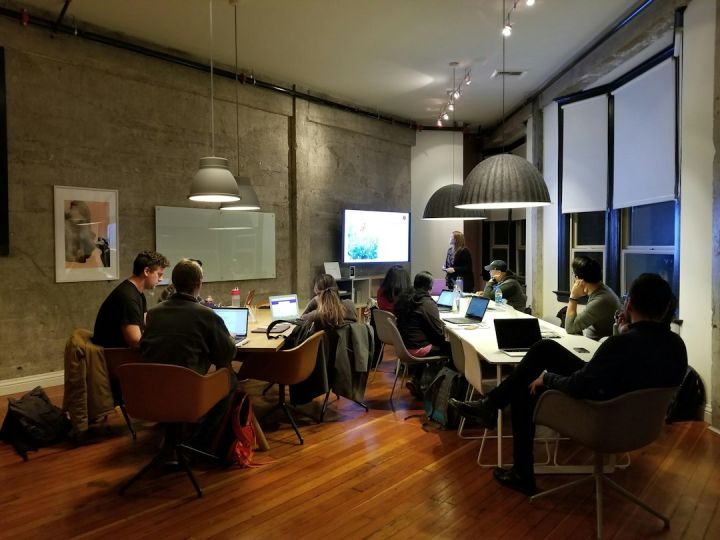How to Manage Remote Workforce Effectively?
In recent years, remote work has become increasingly popular, enabling companies to tap into talent from all around the world and allowing employees to enjoy the flexibility of working from anywhere. However, managing a remote workforce comes with its own set of challenges. Without face-to-face interaction and physical presence, it can be difficult to ensure productivity and maintain effective communication. In this article, we will explore some strategies on how to manage remote workforce effectively.
Set Clear Expectations
One of the most important aspects of managing a remote workforce is setting clear expectations. Clearly define the goals, deliverables, and deadlines for each employee. Make sure they understand what is expected of them and what they need to accomplish. By providing clear guidelines, you can avoid confusion and ensure everyone is on the same page.
Use Technology to Stay Connected
Technology plays a crucial role in managing a remote workforce. Take advantage of video conferencing tools, project management software, and instant messaging platforms to stay connected with your remote employees. Regular video meetings can help build rapport and maintain a sense of camaraderie among team members. Additionally, project management software allows you to track progress, assign tasks, and monitor deadlines, ensuring that everyone is working towards a common goal.
Establish Regular Communication
Communication is key when managing a remote workforce. Without face-to-face interactions, it is important to establish regular communication channels to keep everyone informed and engaged. Schedule weekly or bi-weekly check-ins with each employee to discuss their progress, address any concerns, and provide feedback. Encourage open and transparent communication, where employees feel comfortable sharing their ideas and asking for help when needed.
Encourage Collaboration and Teamwork
Despite working remotely, it is important to foster a sense of collaboration and teamwork among your employees. Encourage them to work together on projects, share ideas, and provide support to one another. This can be done through virtual team-building activities, such as online brainstorming sessions or virtual happy hours. By creating a collaborative environment, you can enhance productivity and create a sense of belonging within your remote workforce.
Provide Opportunities for Professional Development
Just because your employees are working remotely does not mean they should miss out on professional development opportunities. Encourage continuous learning by providing access to online courses, webinars, and workshops. This not only helps employees enhance their skills but also shows that you value their growth and development. Additionally, consider organizing virtual training sessions or mentorship programs to further support their professional growth.
Monitor Performance and Provide Feedback
Managing a remote workforce requires ongoing monitoring of performance and providing timely feedback. Set clear metrics and key performance indicators (KPIs) to measure the progress of each employee. Regularly review their performance and provide constructive feedback to help them improve. Recognize and reward outstanding performance to motivate your remote workforce and encourage them to continue delivering high-quality work.
Conclusion
Effectively managing a remote workforce requires clear expectations, regular communication, and the use of technology to stay connected. By fostering collaboration and teamwork, providing professional development opportunities, and monitoring performance, you can ensure that your remote workforce remains engaged, productive, and motivated. With the right strategies in place, you can successfully manage a remote workforce and reap the benefits of a global talent pool.






